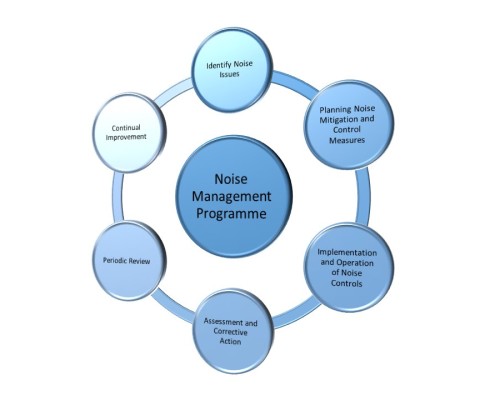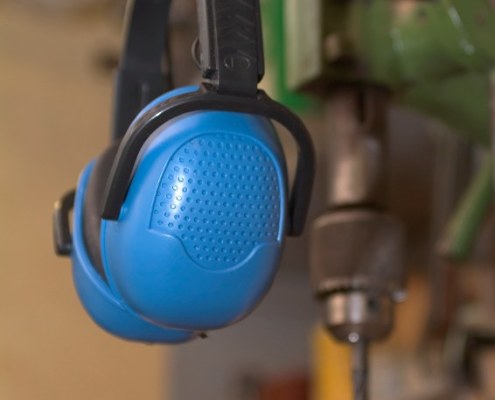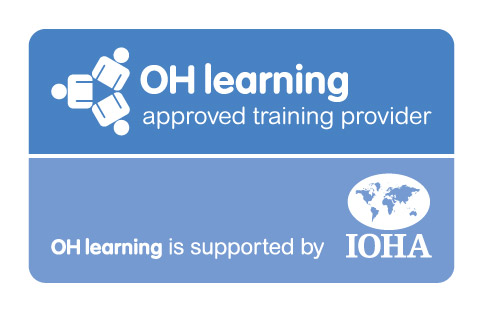Workplace Noise Risk Assessment
Know your rights and obligations as an employer and an employee
For hundreds of years mankind has known that hearing loss can result from excessive exposure to noise. Throughout the EU a comprehensive framework has been established to control noise at work under the provisions of Directive 86/188/EEC, ‘on the Protection of Workers from the Risks Related to Exposure to Noise at Work’. This Directive was first implemented in Ireland by a set of Regulations in 1990. Since then, a new Directive has come in to force – Directive 2003/10/EC (the ‘Physical Agents (Noise) Directive’). The 2003 Directive has been implemented by the Safety, Health and Welfare at Work (General Application) Regulations 2007 (S.I. No. 299 of 2007). These 2007 regulations specify the current legal obligations with regard to assessing and managing workplace noise.

According to the World Health Organization (WHO) ‘noise-induced hearing impairment is the most prevalent irreversible occupational hazard‘. The following factors influence the response of the human ear to occupational noise: the overall sound pressure level of noise, total duration of exposure, the frequency spectrum of the noise, the sound transmission properties of the ear and individual susceptibility to noise induced hearing loss (NIHL).
European and national legislation require employers (as far as is reasonably practicable) to eliminate risks arising from noise exposure at source or to reduce them to a minimum. There are specified ‘trigger’ or action values in the regulations, i.e., values at which the employer (and employee) become subject to certain obligations.





